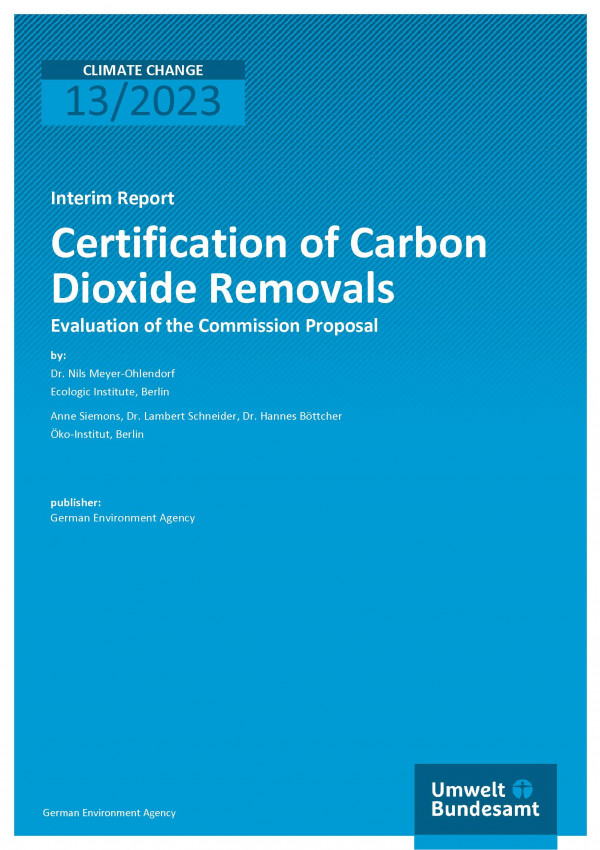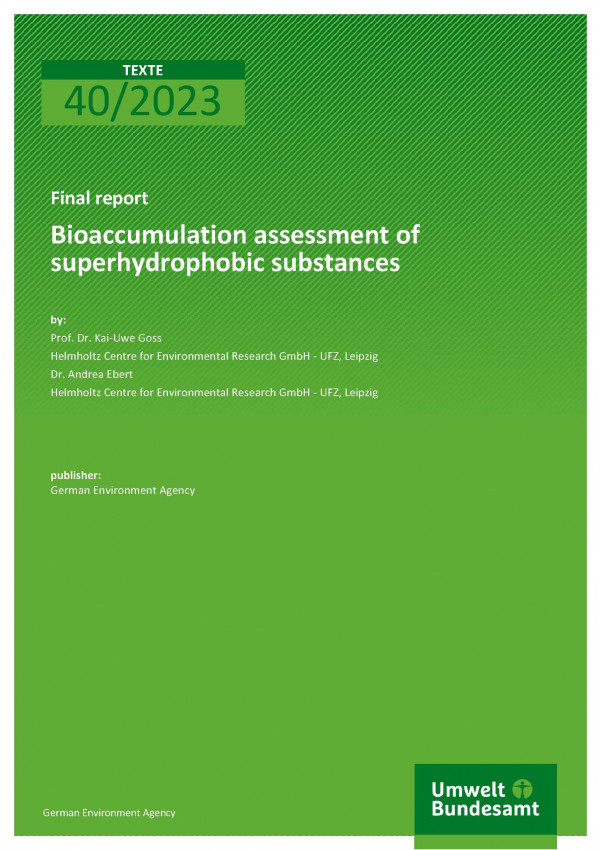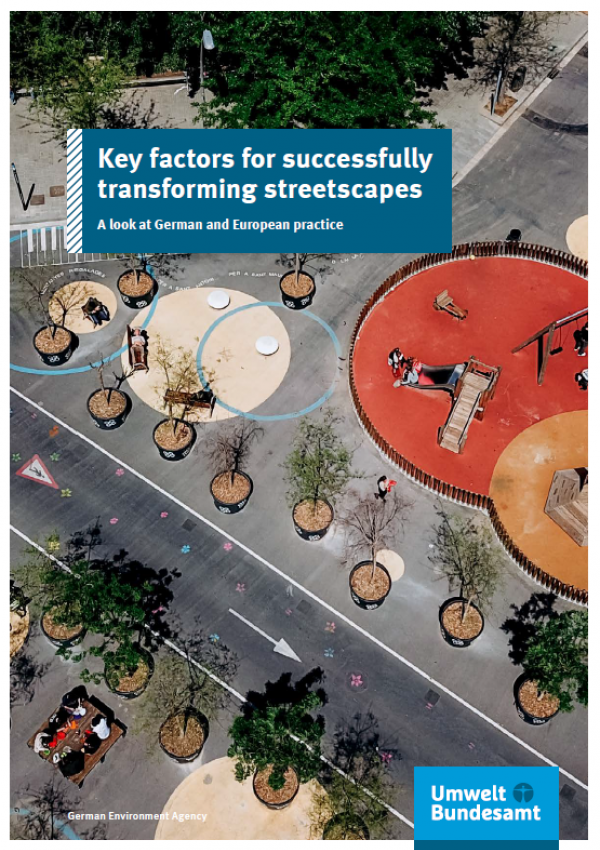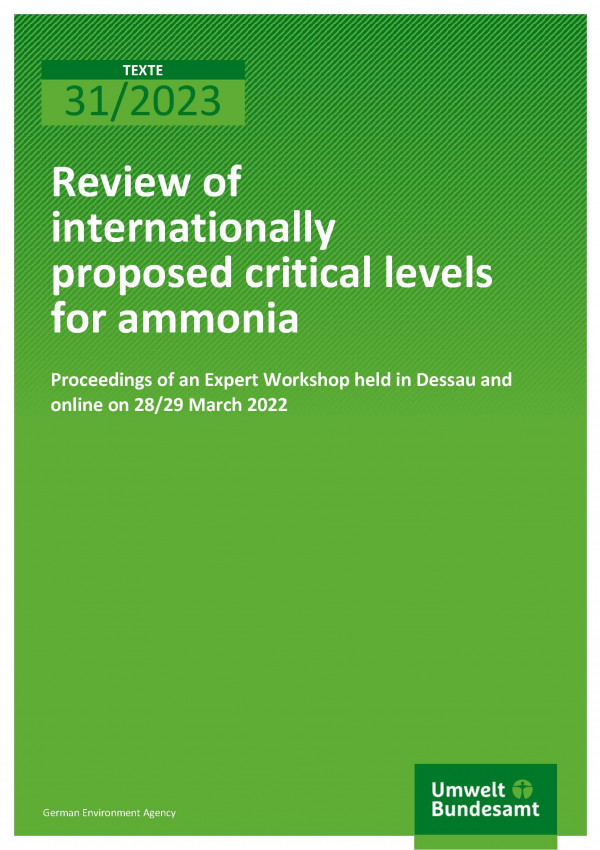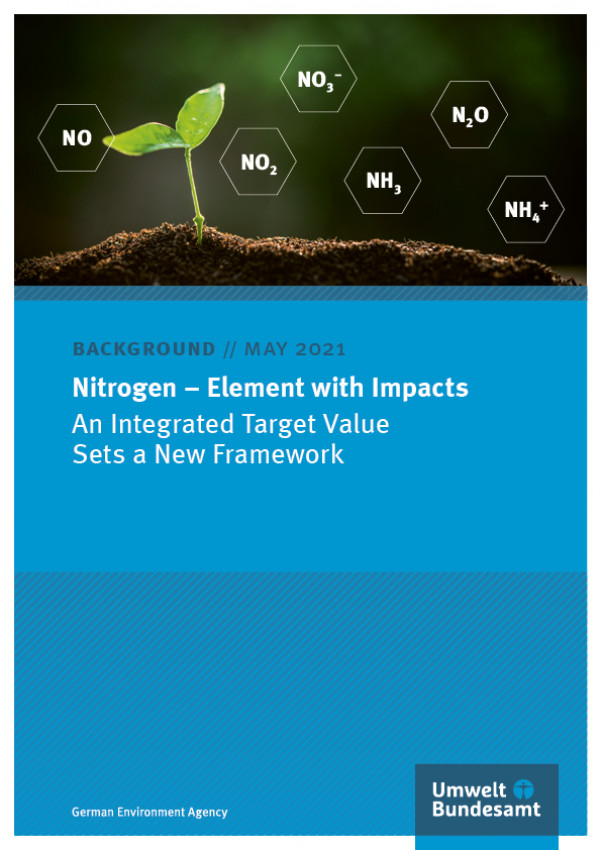How e-commerce can become more climate-friendly

CO₂ from shopping online can be reduced considerably. One way is by avoiding returns.
Source: Gorodenkoff / Adobe Stock |
Whether online or in a brick-and-mortar shop, those who only buy what is really necessary and otherwise take pains to buy environmentally friendly products are the ones who save the most climate-damaging greenhouse gas emissions. Beyond this, the greatest potential for making e-commerce even more climate-friendly is found in shipping packaging, returns and logistics according to a study by the UBA. If all optimisation potential identified in these three areas were utilised, greenhouse gas emissions could be reduced by between 18 and 98 per cent for each online purchase. To achieve this, all involved need to do their part: policymakers, businesses, logistics companies and, naturally, the customers as well.
Returns: Returning goods not only results in additional CO₂ emissions from the return transport, but also adds to the total emissions of the manufacturing process when the returned goods are destroyed. One way to avoid this would be for retailers to provide better information about their products to avoid returns. By making adjustments to tax law, policymakers could encourage businesses to donate returned goods instead of destroying them.
Shipping packaging: Many products are already well protected in their product packaging. They can be shipped without additional shipping packaging, thereby using less packaging material. Reusable systems for shipping packaging should also be used more in future.
Logistics: 80 per cent of greenhouse gas emissions for last mile delivery could be saved by electrifying delivery vehicles and by introducing delivery concepts with intermediate storage (micro hubs) and delivery bicycles. Policymakers can do their part to promote this, such as by providing charging infrastructure and space for micro hubs. Companies that already offer last mile delivery services that are as environmentally friendly as possible can highlight their environmental commitment with the Blue Angel eco-label.








